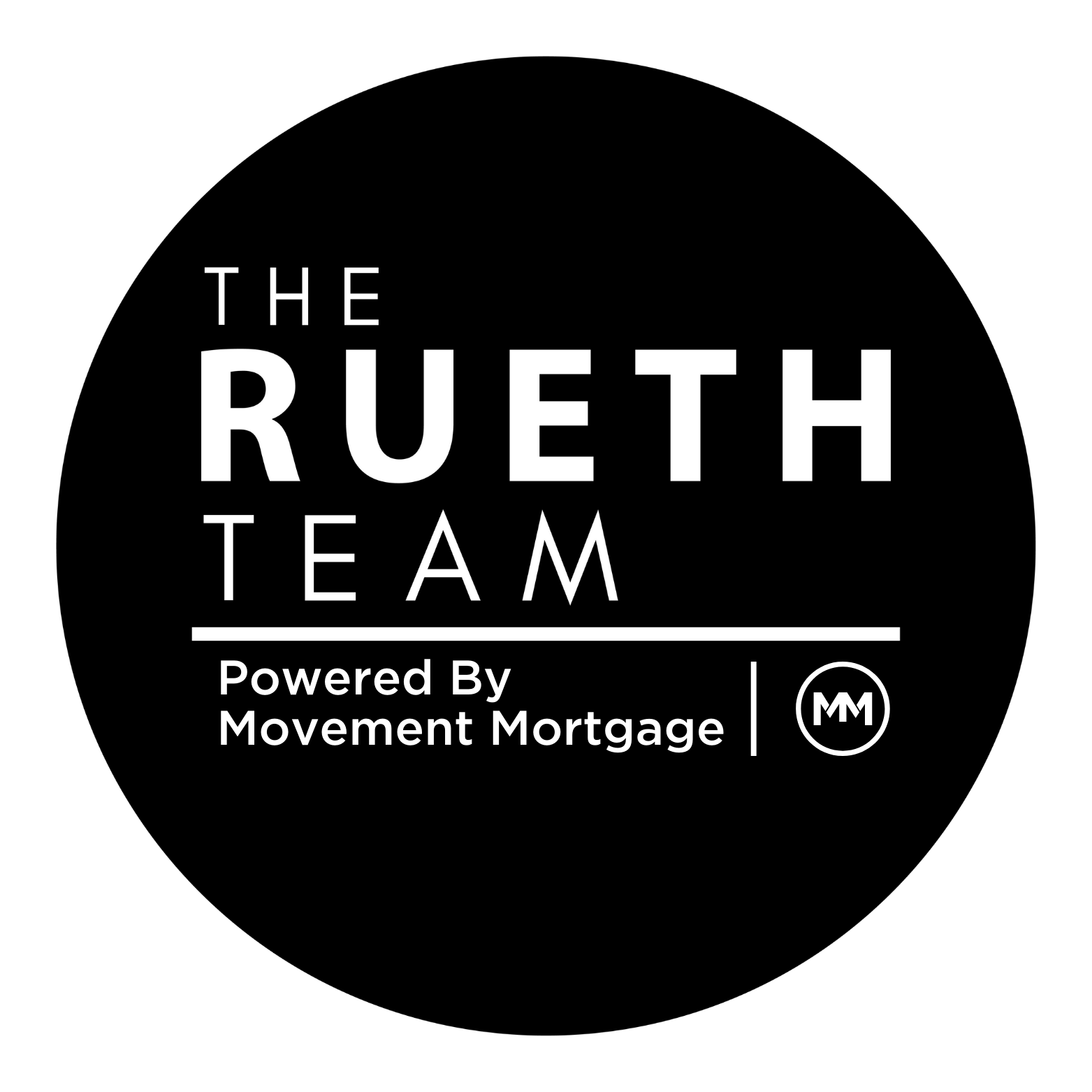Denver Market Trends | February 2022
Will Mortgage Rates Break 4% in 2022?
Interest rates have been on a downward trend since 1981, when the 30-year mortgage hit 18.5%. Three years ago, they were almost 5%. Then, in 2021 they jumped from 2.65 to 3.25% and kicked off 2022, climbing from 3.25 to 3.5%. Are you smiling a little when I say “jumped” and “climbing” with rates in the low to mid 3’s? You are if you bought your first house in the 80s, 90s or even 2000s. These low rates fueled by Fed action, high liquidity, and a shocked economy, propelled and offset the insanity which was extreme housing demand with a limited supply. I don’t have to remind you of what happened, but it begs the question… where do we go from here?
Colorado’s real estate market is worth $1.2 trillion today. Denverities own half of that coming in at a value of $635 billion. During the 10 years ending 2019, Denver gained $212 billion in appreciation. In just the next two years, 2020 and 2021, we gained almost the same, adding another $208 billion in value to homeowners’ equity. And with current forecasts calling for another 10 to 12% gain in 2022, homeowners will continue to build wealth through real estate, while renters will continue to be challenged to afford rising prices. Meanwhile, buyers are not facing a rosier picture in the rental market as rents in Denver have gone up over 16% in the last year alone. The saving grace, if there is one, is Denver leads the charts in hourly and weekly wage growth, increasing 5.96 and 5.64% respectively.
Let’s double click on wage inflation for a minute. Workers are demanding more to stay on the job, or willing to quit. Quit rates continue to be historically high while job openings have hovered around 11 million for the last six months. This is one of the many self-fulfilling trends we are witnessing unfold. The higher cost of everything forces people to ask for more wages, which, in turn, pushes up the price of everything. Consumer Price Index jumped 7% and Personal Consumption Expenditures, the Fed’s preferred measure of inflation hit 4.9%. Milk, gas, cars, lumber, microchips, appliances, labor… housing. Until the supply chain unkinks, we will continue to see pricing pressure. Although a bit more than fashionably late to the party, the Fed is doing what it can, and the year-over-year comparison will start to numb the change. Inflation this last month was 7% higher when compared to December 2020. As inflation started to spike in 2021; the comparison to 2022 will be softened. Expect a peak in high inflation numbers in February, which will be reported in March. This doesn’t mean prices have come down, it just means that high prices compared to high prices don’t seem as high.
On to the Fed, the lovely Fed. Oh what a tangled web they weave. When the Fed released the December 2021 meeting minutes, the bond market did not love what it read. It read that not only was the Fed going to accelerate quantitative easing (QE) but start quantitative tightening (QT) and in the middle raise the Fed Rate. Now, I want to highlight that the bond market likes it when the Fed raises the Fed Rate in the face of high inflation. Inflation is the arch-enemy of bonds, stripping away the future purchasing power of a fixed-income product. Like the Fed Rate, higher short-term rates will increase the short-term cost of money, slowing down the economy and lowering long-term rates. But quantitative tightening… well that’s another story. With almost $9 trillion on the Fed’s balance sheet, the time has come to start to allow it to run off actively.
In comparison, during 2019, the Fed balance was less than $4 trillion. So while quantitative easing is taking away the biggest buyer in the mortgage-backed securities and treasury market, this action adds more supply. More supply drives less demand which equals lower prices. As a result, lower bond prices have higher yields… ergo, higher-long term mortgage rates.
So how high will they go?
A tug of war has started. A strong economy like we have would usually support higher rates, but rates have been kept down by high liquidity and large Fed purchases. In addition, inflation sparked by supply chain issues has forced higher wages that will not give back as easily as the cost of raw goods. All of this to say rates will continue to go up until they go down. Watch the 10-year treasury, if it breaks through the 2% mark, the 30-year fixed mortgage rate will likely hit 4%. Until then, we will bounce between 3.375 and 3.875%; until the Fed action increases short-term rates enough to pull the plug on the economic revival, forcing a slowdown which results in lower long-term rates. Also, watch for the manufacturing index to come back down and the 2 and 10-year treasuries invert among other metrics… tell tales for an upcoming recession.
With rates and prices going up, what’s the answer?
Buy. They are not making land anymore. A concept understood by the likes of Mark Twain and Will Rogers in the 1800s and is no less true today. Whether rates go up or go down, the price of homes will continue to appreciate. Home inventory is breaking the lowest ever record of 1,184 active listings, and builders focusing more on the profits available in multi-family. Locking in today’s home price, even at an average close to list of 102%, will start you on the path of building the kind of wealth that gives you options. Buyers today, my plea to you is be all in, fully underwritten, assets secured, budget reviewed, highest and best-known offer price. Optimize a creative lender-agent team to waive deadlines when appropriate and close quickly. I do not expect inventory to loosen up for several months. Waiting will most assuredly cost you.
Well, that’s a wrap for this month’s Market Trends update.
It’s my pleasure to keep you updated.
Nicole Rueth
Producing Branch Manager with The Rueth Team of Fairway Mortgage
[/et_pb_text][/et_pb_column][/et_pb_row][/et_pb_section]




